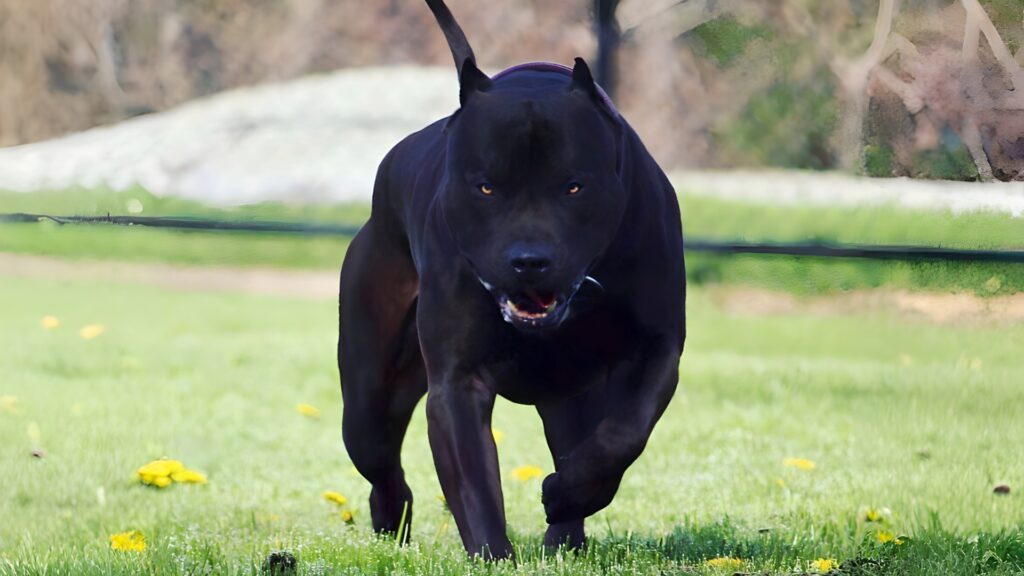
Choosing the perfect family dog is like picking the right dance partner. You need someone in sync with your rhythm, especially when kids are involved. While many breeds waltz seamlessly into family life, some have two left feet when it comes to harmonizing with little ones. Let’s explore 11 dog breeds that might just step on your toes, plus a couple of notes to keep the whole family in tune.
1. Chihuahua

Don’t be fooled by their pint-sized frames; Chihuahuas often come with supersized attitudes. Known for their feisty and territorial nature, they can be less tolerant of the unpredictable antics of young children. Their delicate size also makes them susceptible to injury from rough play, leading to defensive reactions. In households with energetic kids, a Chihuahua might feel more like a frazzled babysitter than a playful companion.
2. Akita
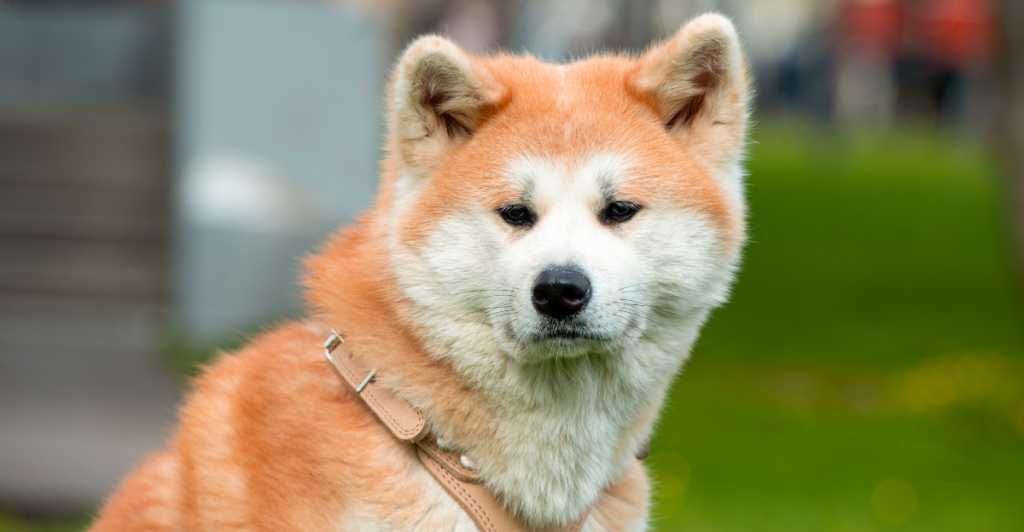
Akitas are dignified and loyal, but their strong-willed and independent nature can pose challenges in families with young children. They may not appreciate the spontaneous and noisy behavior typical of kids, and their protective instincts can sometimes lead to over-guarding. Without proper training and socialization, an Akita might view rowdy child’s play as a threat rather than fun.
3. Alaskan Malamute
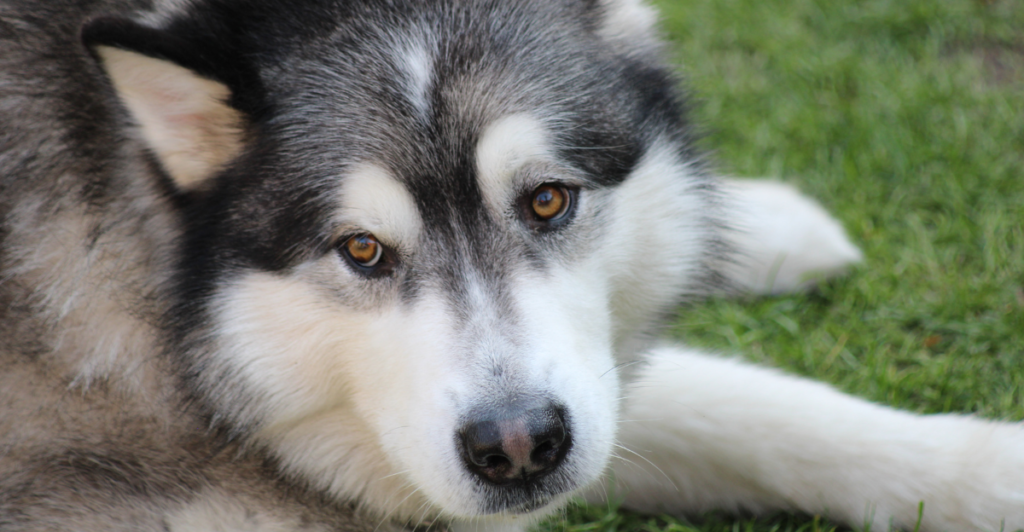
These majestic, wolf-like dogs are known for their strength and endurance. However, their high energy levels and need for constant stimulation can be overwhelming in a household with children. Malamutes can be stubborn and challenging to train, requiring an experienced handler to manage their boisterous nature. Without proper outlets for their energy, they might channel it into less desirable behaviors, making them a handful for families.
4. Rottweiler
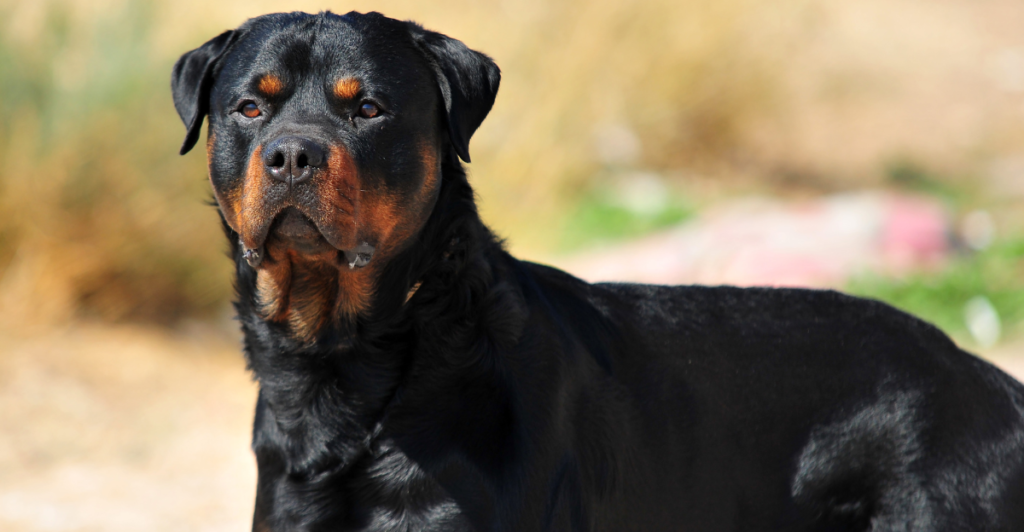
Rottweilers are confident and powerful dogs with a natural instinct to protect their families. However, their size and strength, combined with a sometimes aloof demeanor, can be intimidating. Without proper training and socialization, they may not differentiate between a genuine threat and a child’s innocent roughhousing, leading to unintended consequences. Ensuring a Rottweiler is well-trained and understands boundaries is crucial in a family setting.
5. Dalmatian

Famous for their striking spots and boundless energy, Dalmatians require significant exercise and mental stimulation. Their exuberance can translate into rough play, which might be too much for small children. Additionally, Dalmatians can be prone to stubbornness, making training a challenge for novice dog owners. Without adequate outlets for their energy, they can become restless and inadvertently knock over or overwhelm young kids.
6. Chow Chow
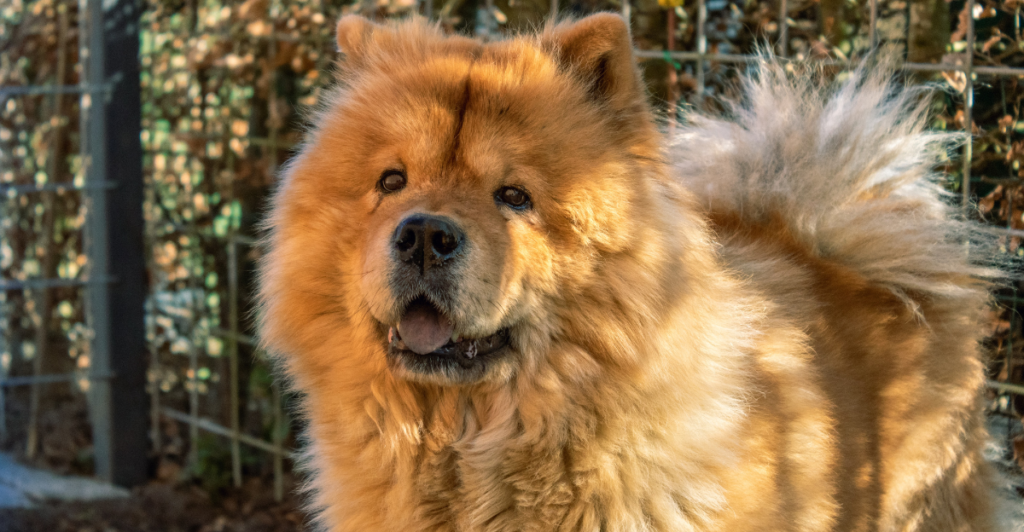
With their lion-like mane and regal appearance, Chow Chows are known for their independent and sometimes aloof nature. They can be territorial and may not tolerate the unpredictable behavior of children. Chows require early socialization and consistent training to ensure they understand their role within the family. Their reserved demeanor means they might not seek out interaction, and forced engagement from kids can lead to discomfort or defensive reactions.
7. Doberman Pinscher
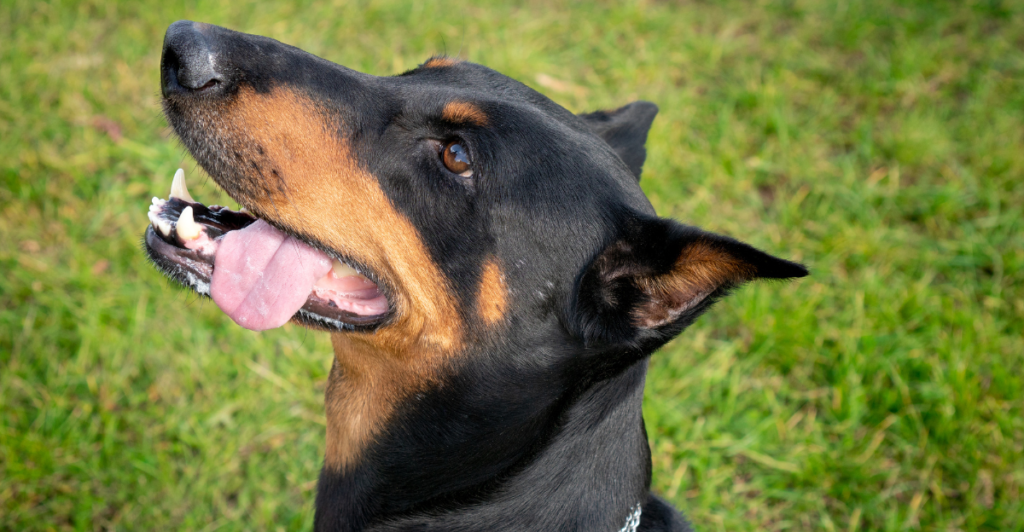
Dobermans are intelligent and alert, often serving as excellent guard dogs. However, their protective nature can become overbearing in a household with children. They require a firm and experienced handler to provide proper training and socialization. Without clear boundaries, a Doberman might misinterpret a child’s playful behavior as a threat, leading to unintended protective actions. Ensuring they have a structured environment is key to harmonious family life.
8. Pekingese

These small, lion-like dogs carry themselves with an air of royalty. Pekingese can be stubborn and may not appreciate the rough-and-tumble play typical of children. Their independent nature means they might not tolerate being handled excessively, and their small size makes them susceptible to injury, prompting defensive behavior. In a bustling household, a Pekingese might prefer a quiet lap over active playtime.
9. Saint Bernard
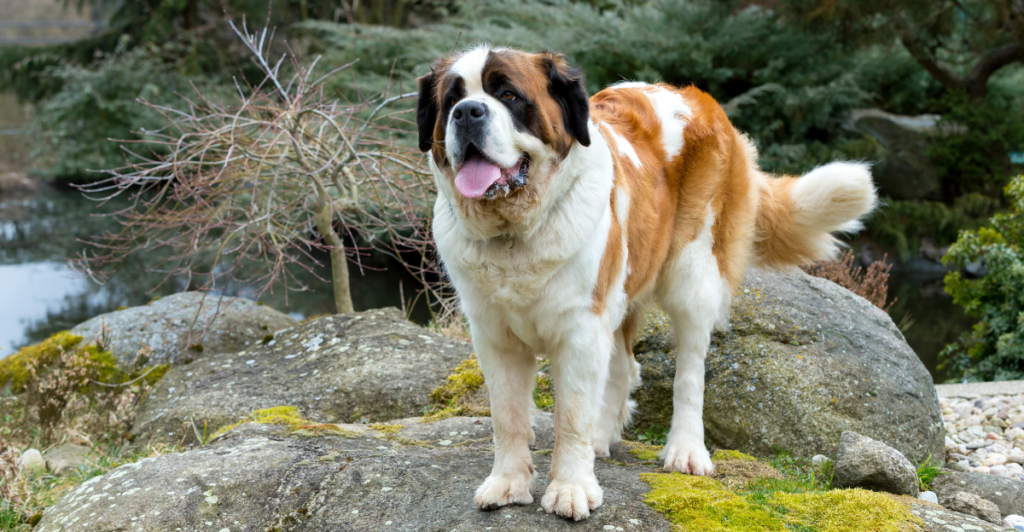
Gentle giants by nature, Saint Bernards are known for their calm demeanor. However, their massive size can inadvertently pose risks in households with small children. A friendly wag or playful nudge can easily topple a toddler. Additionally, they can be slow to mature, leading to extended periods of puppy-like behavior in a large body. Ensuring they have adequate space and supervision around kids is essential to prevent accidental mishaps.
10. Australian Shepherd
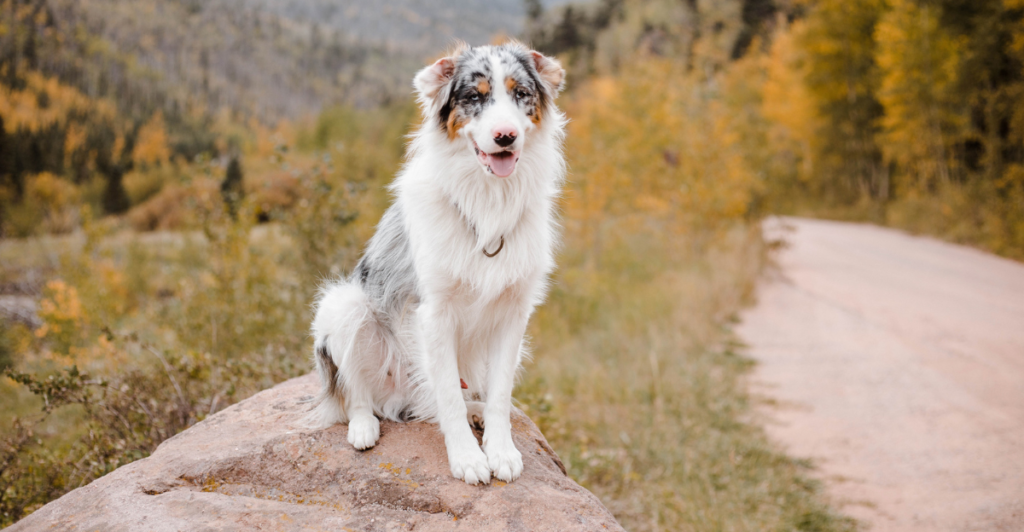
Known for their intelligence and herding instincts, Australian Shepherds are active and energetic dogs. Their strong herding drive can lead them to nip at heels, especially those of running children, as they attempt to “herd” them. Without sufficient mental and physical stimulation, they can become bored and resort to undesirable behaviors. Families need to provide ample exercise and training to channel their energy appropriately.
11. Siberian Husky
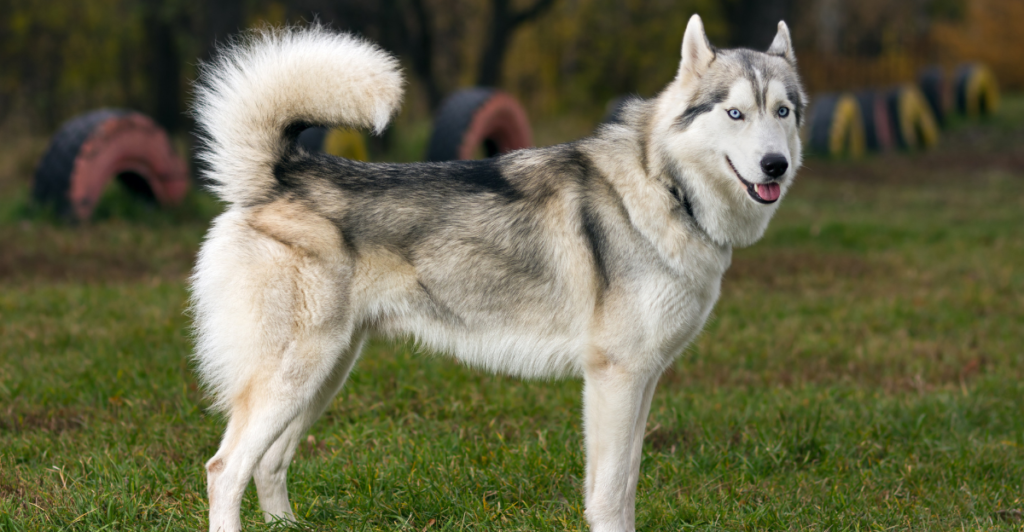
Siberian Huskies are known for their endurance and playful nature. However, their high energy levels and independent streak can make them challenging for families with young children. They require consistent training and ample exercise to prevent boredom-induced mischief. Their strong prey drive might also be triggered by the quick movements of children, leading to unintended chasing or rough play. Ensuring they have a structured environment is key to harmonious family life.
Understanding Breed Traits

While breed characteristics provide a general guideline, it’s essential to remember that individual dogs may vary. Factors such as upbringing, training, and socialization play significant roles in a dog’s behavior. A typically child-friendly breed might have individuals who are less tolerant, and vice versa. Assessing each dog on a case-by-case basis and understanding their unique personality is crucial. Additionally, teaching children how to interact respectfully with dogs fosters trust and ensures everyone in the household stays safe and happy.
Kids and Dogs: Setting Boundaries
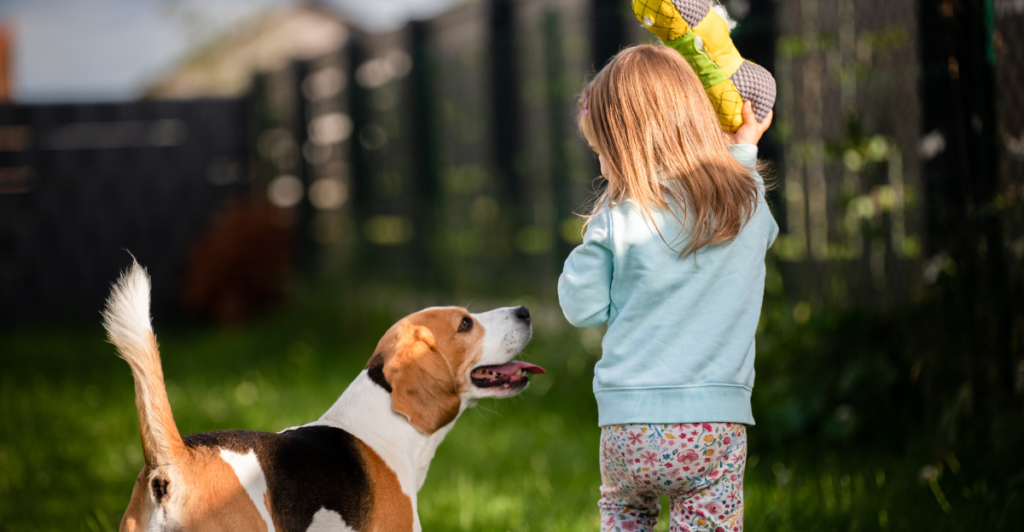
It’s not just about the breed; it’s also about boundaries. Dogs and kids need clear guidelines to coexist peacefully. Teach children not to pull tails, poke noses, or interrupt a dog’s meal or nap time. Likewise, dogs should be trained to respect the little humans in their lives. Supervised interactions and mutual respect go a long way in preventing accidents. At the end of the day, building a positive relationship is about communication, trust, and a little bit of patience on both sides. If you’re looking for a family dog, remember that the best companion is one whose personality aligns with your lifestyle, and who fits comfortably into your family dynamic! Dogs are amazing, but finding the right one is key.
Discover more of our trending stories and follow us to keep them appearing in your feed

World’s Largest and Most Colorful Snakes
8 Massive Ice Age Animals That Once Roamed North America
10 Dog Breeds That Are Just Like Golden Retrievers
10 Biggest Complaints About Shih Tzus and How to Handle Their Quirks
Stay connected with us for more stories like this! Follow us to get the latest updates or hit the Follow button at the top of this article, and let us know what you think by leaving your feedback below. We’d love to hear from you!







